Nestled on the coast of Lithuania, Palanga (Polish: Połąga; German: Polangen) is a town that seamlessly blends the charm of its historic past with the vibrancy of contemporary culture. Known primarily for its stunning Baltic coastline, Palanga offers much more than just sandy beaches and scenic sunsets. This picturesque town is a treasure trove of prehistoric amber, enchanting countryside buildings, and a thriving arts scene. Whether you’re a history buff, an architecture enthusiast, or an art lover, Palanga promises a delightful journey through time and culture.
Palanga is renowned for its rich deposits of Baltic amber, often referred to as “Lithuanian gold.” Amber, fossilised tree resin, has been washing up on the shores of Palanga for millennia, offering a glimpse into prehistoric (reaching over 50 million years) ecosystems. The Amber Museum, housed in the opulent 19th-century Tiškevičiai Palace, is a must-visit for anyone interested in this natural wonder. The museum’s collection includes over 28,000 pieces of amber, some of which contain ancient insects and plant material perfectly preserved for millions of years.

Visitors can marvel at the largest piece of amber in Lithuania, weighing an impressive 3.5 kilograms, and explore exhibits detailing the geological formation of amber, its historical uses, and its significance in various cultures. The museum also showcases stunning amber jewelry and artwork, reflecting the craftsmanship and creativity that have transformed these ancient relics into timeless pieces of art.+

Beyond its amber treasures, Palanga is home to a charming array of countryside buildings that reflect the region’s architectural heritage.
The town’s traditional wooden houses, with their thatched roofs and intricate carvings, transport visitors to a simpler time. Many of these buildings have been meticulously preserved and converted into guesthouses, cafes, and museums, offering a unique opportunity to experience Lithuania’s rural lifestyle.
One such example is the Antanas Mončys House Museum, dedicated to the renowned Lithuanian sculptor. The museum, located in a beautifully restored wooden house, provides insight into Mončys’ life and work, showcasing his sculptures, drawings, and personal belongings. The serene garden surrounding the museum is an ideal spot for a leisurely stroll, further enhancing the sense of stepping back in time.

The Palanga Botanical Park, designed by the French landscape architect Édouard François André, is another highlight. Spanning over 100 hectares, the park is a verdant oasis of winding paths, serene ponds, and diverse plant species. At its heart stands the Tiškevičiai Palace, a stunning example of neo-Renaissance architecture that now houses the Amber Museum.
The creative spirit of Palanga
Palanga’s vibrant arts scene is a testament to its creative spirit. The town hosts numerous cultural events and festivals throughout the year, drawing artists and performers from across the globe.
The Palanga Summer Festival, held annually, features a diverse program of music, dance, theater, and visual arts, transforming the town into a bustling hub of artistic activity.

The Palanga Concert Hall, a modern architectural marvel, is the centerpiece of the town’s cultural landscape. With its state-of-the-art acoustics and elegant design, the hall hosts an array of performances, from classical concerts to contemporary dance shows. The International Thomas Mann Festival, dedicated to the German writer who spent his summers in nearby Nida, is another cultural highlight, celebrating literature, music, and intellectual discourse.
Art enthusiasts can also explore numerous galleries and studios scattered throughout the town.
The Jonas Basanavičius Street, Palanga’s main pedestrian thoroughfare, is lined with art shops and galleries showcasing works by local and international artists. Here, visitors can purchase unique pieces of art, from paintings and sculptures to handmade crafts and jewelry.
Palanga is a town that captivates the senses and stirs the imagination. Its prehistoric amber offers a tangible connection to the ancient world, while its idyllic countryside buildings and vibrant arts scene celebrate the rich cultural landscape of Lithuania. Whether you’re wandering through its historic streets, exploring its museums, or enjoying a concert by the sea, Palanga promises an unforgettable experience that bridges the past and the present in the most enchanting way.

For move information, please visit: VISIT PALANGA





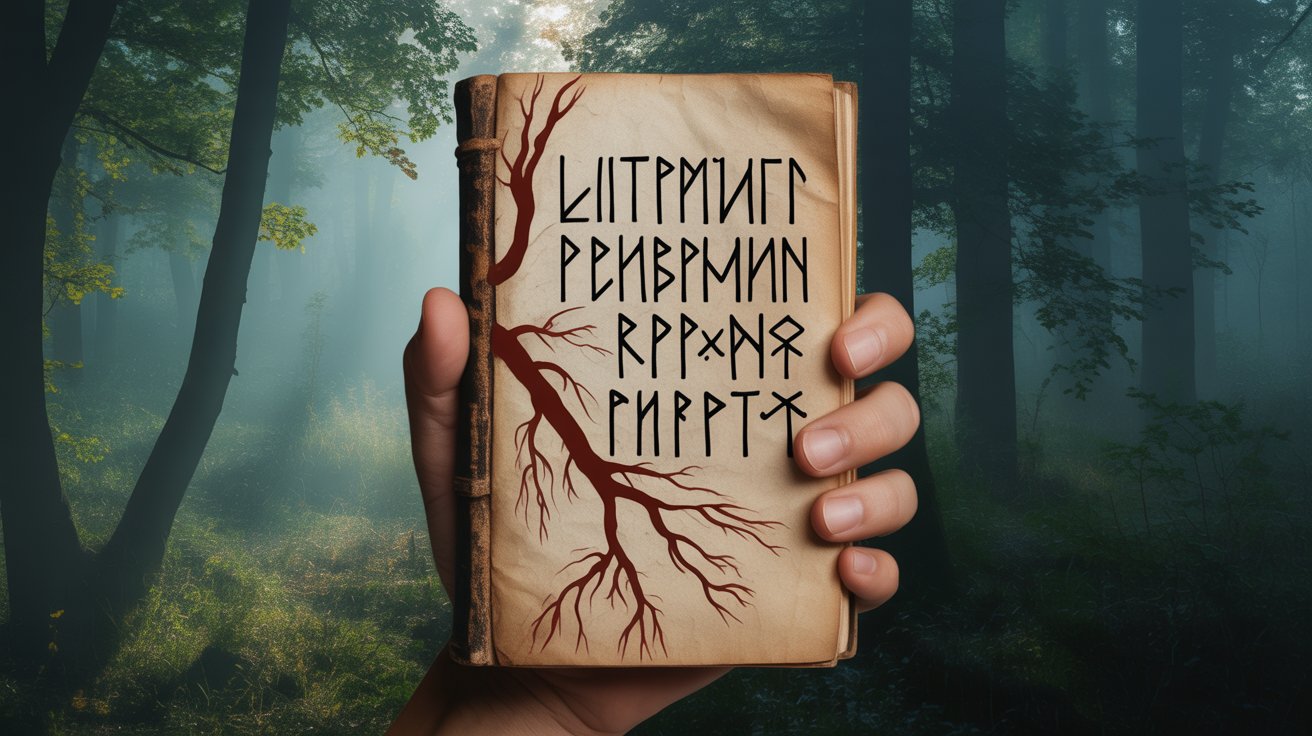
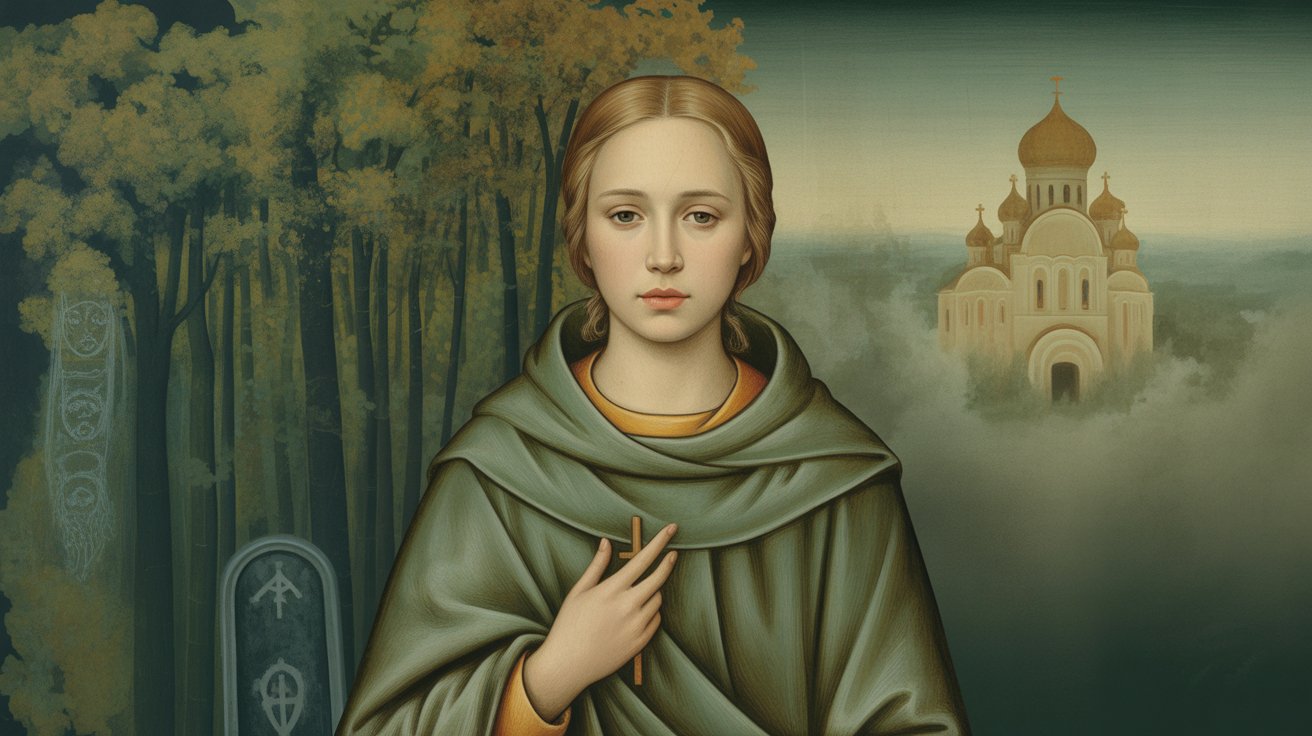
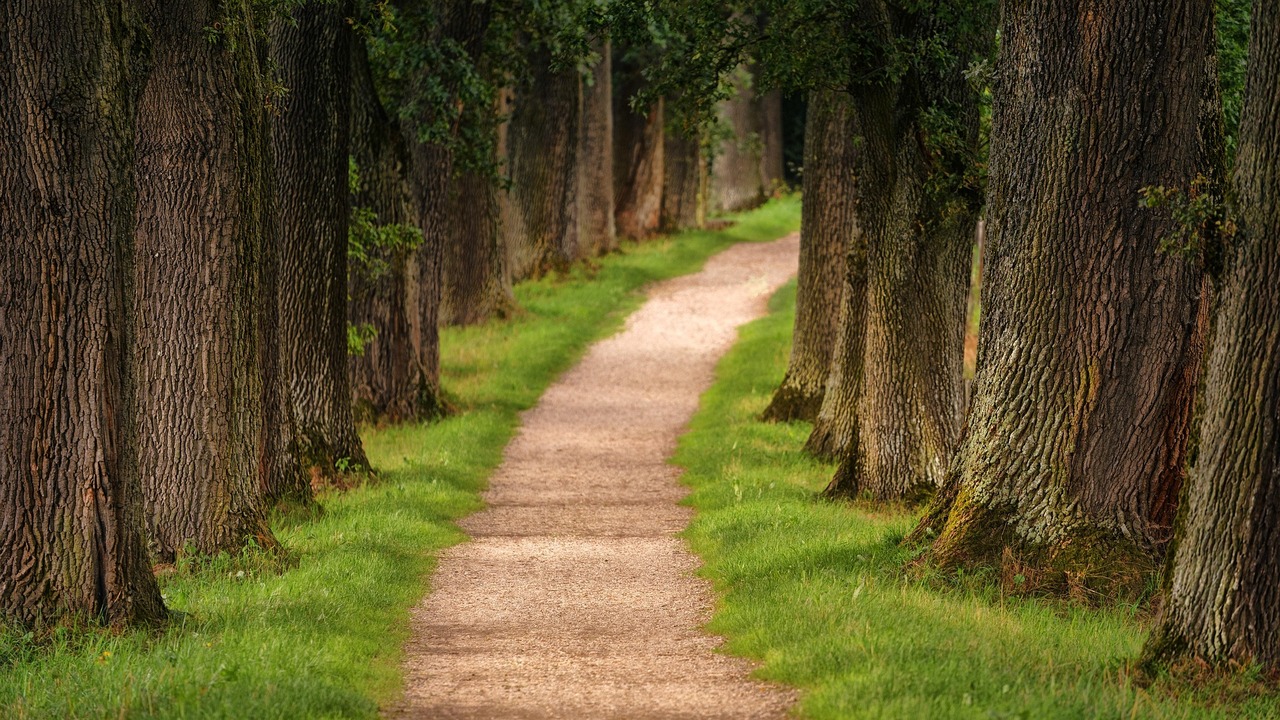
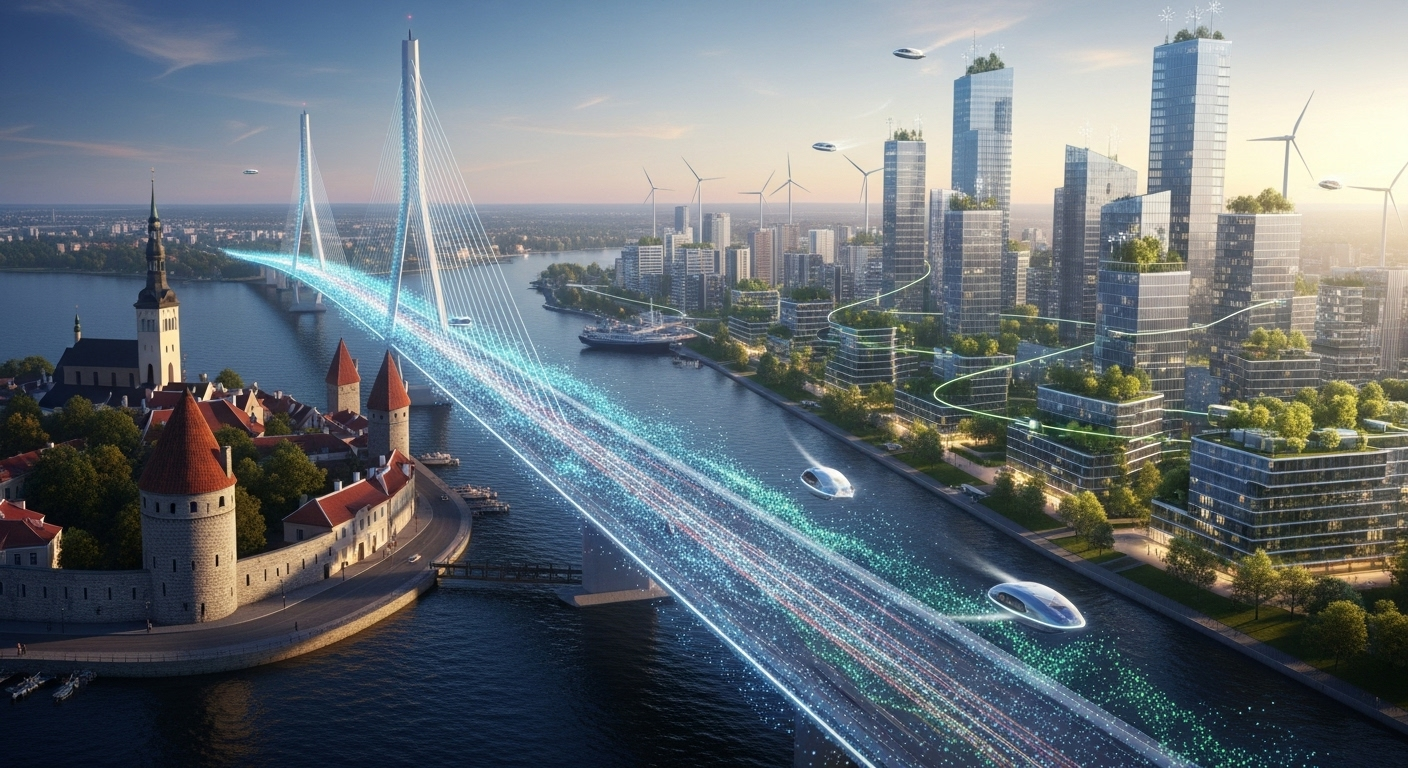
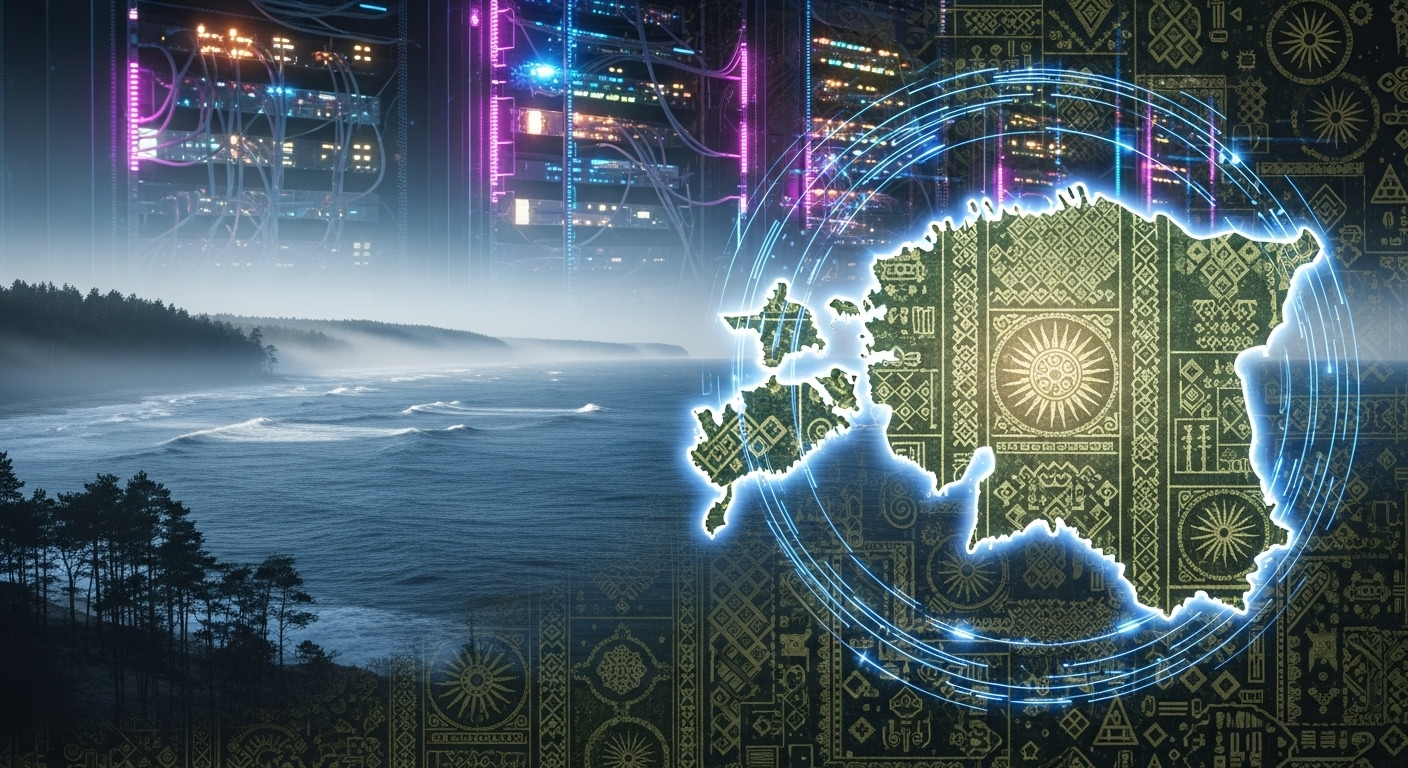

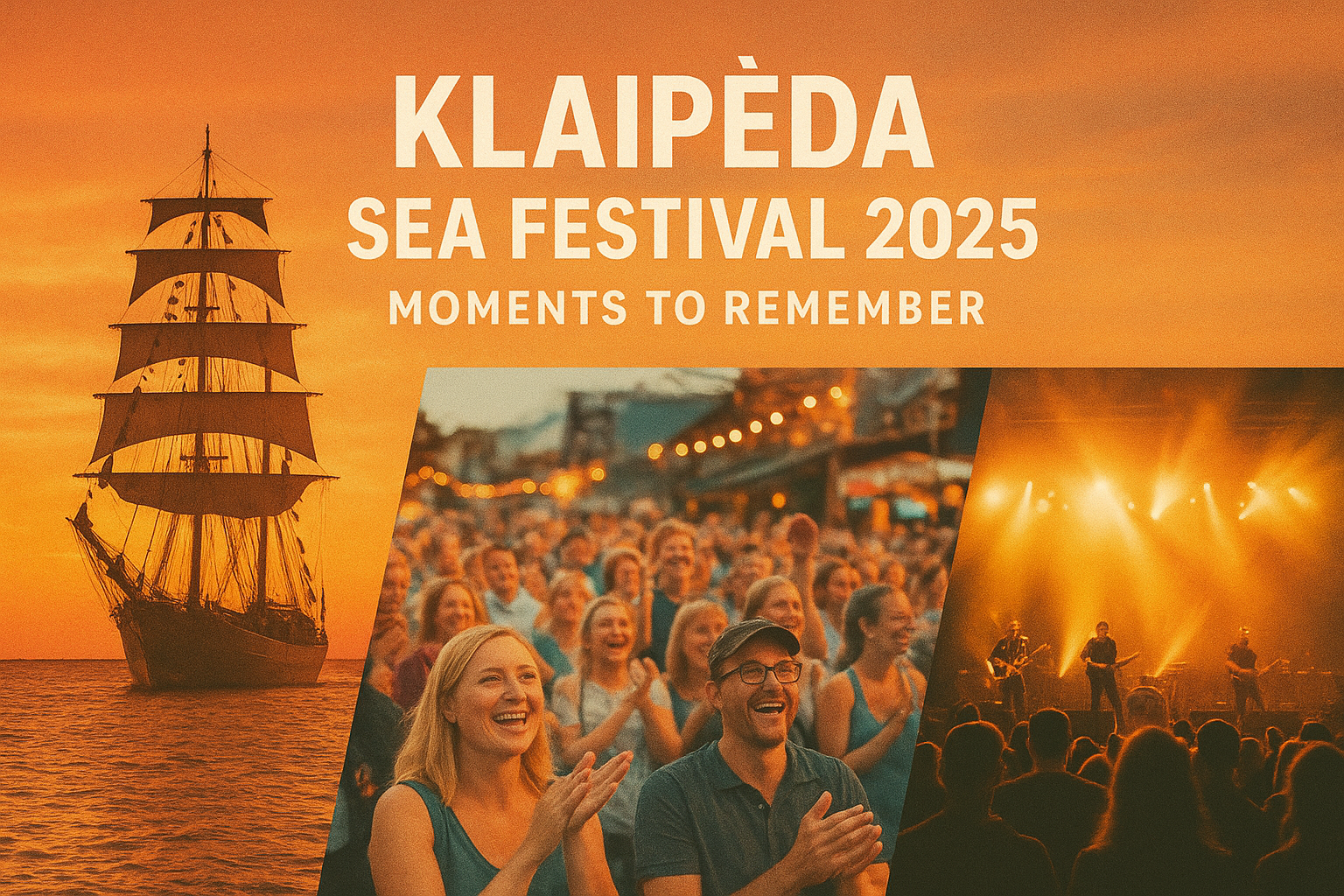













Comments